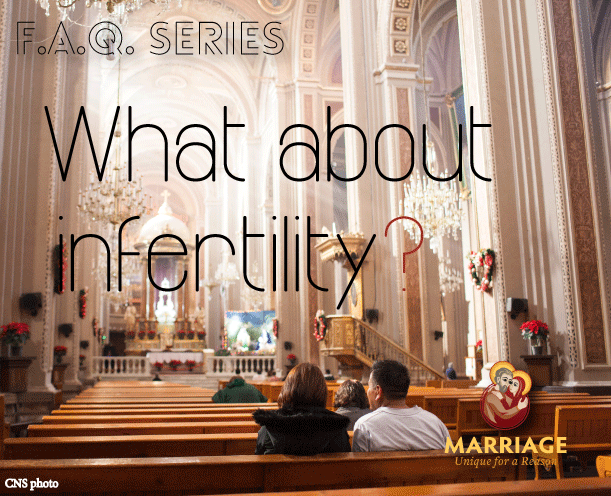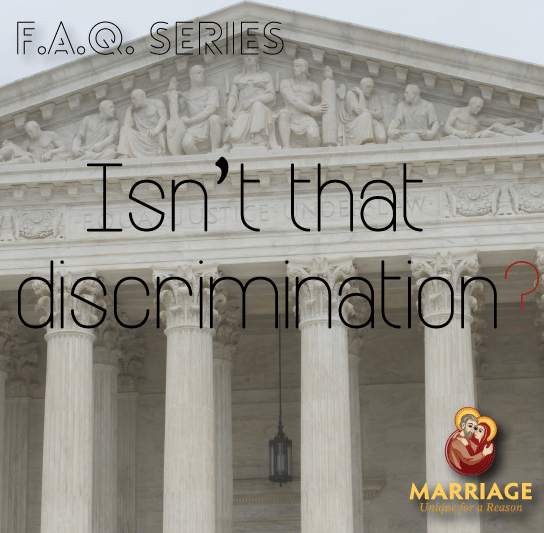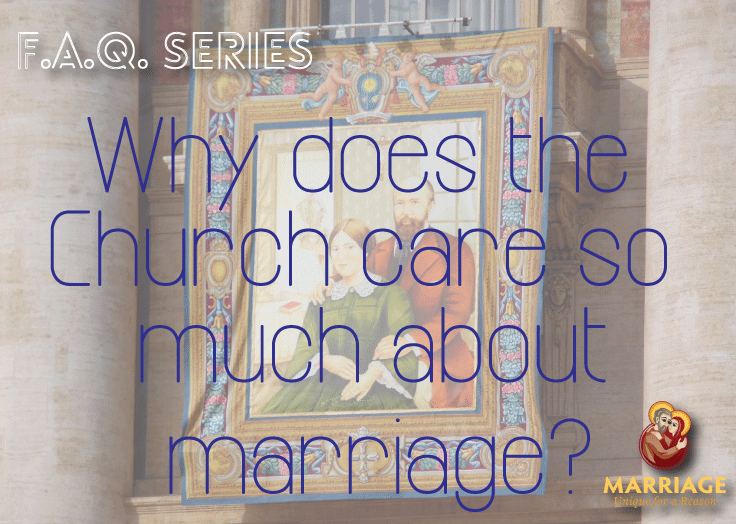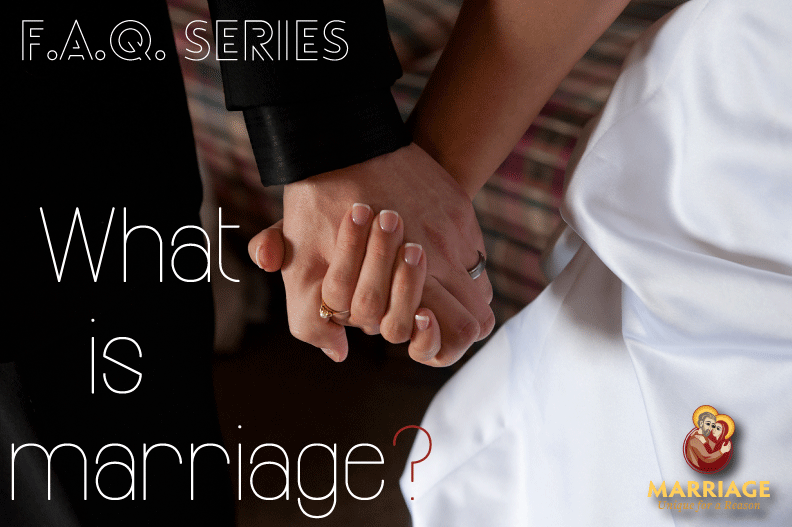Nature Part One
 Intro to Nature: Part One
Intro to Nature: Part One
In his book, The Modeling of Nature, Fr. William Wallace, O.P. states the problem that we agreed to tackle in our last post: “though it is easy to form a general idea of nature and the natural, it is difficult to define nature precisely and to differentiate things and processes that are natural from those that are not.”[1] In this post and the posts to come, with the help of Fr. Wallace and others, we are going to nail down what the word “natural” means.
Fr. Wallace distinguishes two ways to conceptualize nature: (1) What is free from human intervention and contamination. So, natural versus artificial. Contrast, for instance, Lake Michigan and the man-made ponds in city parks. In this sense, natural things exist on their own, indifferent to mankind’s needs or desires. We did not “have a say” about whether Lake Michigan exists, but we did create various ponds for our own enjoyment. (2) Activities or behaviors that originate from within an agent without force or coercion.[2] For example, no one must remind beavers to build dams or ask bees to make honey. They just do. This sense of nature is what we mean when we say that things “do what comes naturally.”
Now, let’s take a closer look at the first sense of nature that Fr. Wallace distinguishes: that which is free from human influence (or: that which is opposed to the artificial). Think of all the things that we consider natural: plants, animals, bodies of water, rocks and rock formations, the planets, chemicals and compounds. We could even include natural phenomena like storms, natural disasters, or the water cycle. Now, what makes all of these things natural as opposed to artificial? The distinction that Fr. Wallace makes is that natural things exist or come into being on their own. Why does this make something natural? Well, if something comes to exist on its own, it means that it does so regardless of mankind’s needs, wishes, or desires. Recall our contrast between Lake Michigan and our man-made ponds. While we may use and enjoy Lake Michigan—use it for swimming, fishing, sailing, etc.—we did not create it for this express purpose. The man-made lakes, however, were designed by someone and deliberately placed in the park for us to use and enjoy.
Someone might object that the man-made ponds are still made out of natural things like rocks, water, and plants, and they might be populated by animals like fish or ducks. So, why can’t we consider them natural, like Lake Michigan? While it is true that the man-made ponds are made out of “natural stuff,” this still doesn’t change the fact that these natural things were arranged, configured, put there by someone else.
In fact, there are many examples of artificial things that are made from natural parts. For example, wooden furniture is “natural” insofar as it is carved from naturally-occurring wood. Cotton clothing is natural insofar as it is made from the cotton plant, and granite counter tops are natural insofar as they’re cut from slabs of naturally-occurring granite. Notice that all of these things are harvested, altered, and designed specifically for human purposes. That fact is what makes them artificial rather than natural. Imagine how out of place a wooden kitchen chair would look amidst a forest of redwood trees!
Now that we have this first sense of the natural squared-away… stay tuned for part two! In part two, we will discuss the second sense of nature that Fr. Wallace distinguishes and how it is both related to and different from the first.
[1] William A. Wallace, The Modeling of Nature: Philosophy of Science and Philosophy of Nature in Synthesis (Catholic University of America Press: 1996), 3.
[2] Ibid.
About the Author: Bridget Groff is an M.A./Ph.D. student in the School of Philosophy at the Catholic University of America. She currently works part-time at the United States Conference of Catholic Bishops as an intern for the Subcommittee for the Promotion and Defense of Marriage.
Archive
FAQ Series: Isn’t that Discrimination?
In the last of the 5-week series, MUR is going over the FAQ #10 in Section 3: But isn’t it unjust discrimination to not allow two men (or two women) to marry?
The word “discrimination” is most often used to speak of the unjust treatment of persons based on race, sex, age, or disability. Indeed that has become the first definition of the word today, according to the Merriam-Webster Dictionary (and others). We are taught from a young age that it is wrong to discriminate and that we should always seek to be inclusive and aware of our biases or prejudices. While unjust discrimination is still a serious problem in the U.S., the question of redefining marriage is unrelated to it.
Like most words, discrimination has multiple meanings. Marriage law always contains a certain type of discrimination because it makes distinctions. The second definition of discrimination is: “the ability to understand that one thing is different from another thing.”[i] That certainly describes noting the distinction between marriage and any other type of sexual relationship. There is a difference, and this difference is worthy of recognition by everyone, including the government. Acknowledging the real and essential differences between types of sexual relationships is not discriminatory.
It is not discrimination if a person who cannot swim is rejected for a position as a lifeguard or swim instructor. It is not discrimination when a man who cannot lift 25 pounds is not hired as a piano mover. And it is not discrimination when a man is not permitted to play in a women’s tennis tournament. In the same way, noting that two men or two women cannot be the procreative, comprehensive union that marriage is, is not (unjust) discrimination.
Only a man and a woman are capable of sexual activity that may yield children. The government has a strong interest in protecting the right of those children to a mother and a father and in reducing the likelihood that those children will become wards of the state. The civil law of marriage (until recently) served both these interests by legally bonding adult couples to any children they may create, and to each other.
On the other hand, the sexual activity of two persons of the same sex never yields children, so the government does not have a very compelling interest in getting involved. The government does not care who your best friend is; you don’t need a license for friendship or cohabitation. It would be eminently reasonable, and in no way unjust, for law to distinguish between same-sex and opposite-sex relationships.
Likewise, it is reasonable that a professional serving a customer can distinguish between activities that express approval for same-sex sexual behavior and those that do not. The cases discussed in the next section deal with people who happily served each of their customers, with no thought to the person’s “private” life, until they were asked to do something directly celebrating their sexual relationship. These people simply declined to celebrate what they consider to be immoral behavior.
[i] “Discrimination.” Merriam-Webster Dictionary. http://www.merriam-webster.com/dictionary/discrimination (accessed February 3, 2016).
Archive
FAQ Series: What about infertility?
 In this fourth of the 5-week series, MUR is going over the FAQ #3 in Section 2: What’s the difference between a husband and wife who can’t have children, and two persons of the same sex, who also can’t have children?
In this fourth of the 5-week series, MUR is going over the FAQ #3 in Section 2: What’s the difference between a husband and wife who can’t have children, and two persons of the same sex, who also can’t have children?
This is a great question and one that requires a bit of patience to find a satisfying answer. The soundbite answer is: A man and a woman, united in the sexual act, is always and only the type of act that can result in the conception of a child.
As the MUR FAQ puts it, even when a husband and wife do not in fact conceive a child (due to infertility, age, and so on), their sexual acts are still the kind of acts by which children are naturally conceived. In contrast, two persons of the same sex may be perfectly healthy, but will never be able to enter a one-flesh communion and thus unite in such a way that a child is conceived.
On the human level, the marriage between a man and a woman, regardless of whether they have children, is deeply affected by the relationship of each of them has to their parents. You see, every child has a mother and a father, and then grows up, and to some extent bases his (or her) understanding of marriage and relationships on what he saw between his own parents.
Let’s flip the question around a bit: if marriage is supposedly about children, then why allow couples who cannot procreate to be married?
Well, first of all, we never said that marriage is only about children. We’ll come back to that later.
Setting aside the privacy issues and the horrifying idea of the government being allowed to peek into health records before issuing marriage licenses, hopefully the answer is still pretty clear: because a man and woman, no matter what, can share the whole of their lives with each other, uniting bodies, hearts, minds and souls. The community benefits from every witness of fidelity and love between a husband and a wife. Children in their extended families and neighborhoods can see in them a picture of love, of what is possible, even if their own parents are not together. They may choose to open their marriage to children through adoption, foster care, or other more temporary arrangements, or they may choose to serve in any number of different ways. They are still complements to one another.
A quick philosophy lesson before the next question: An accident means a trait or a quality that something has, that is not always or necessarily there. For example, color is often an accident; an apple doesn’t have to be red to be an apple. The essence, on the other hand, is what makes something be what it is. It’s not an apple if it’s a pear, even if the pear is red.
So here’s the question: Is the impossibility of conceiving a child an accident in the couple, or connected essentially to their relationship?
A man and a man, or a woman and a woman, cannot become parents together, by definition, by essence. Their infertility is a result of the nature of human beings, not to an accident of infertility in one or the other (or both).
Does that help?
Archive
FAQ Series: Why does the Church care so much about Marriage?
In this 5-week series, MUR is going over a few of the FAQs on our website. This week we look at FAQ #10: Why does the Catholic Church care so much about marriage?
Short answer: Because it’s such a good thing for people and for society. In fact, nothing really compares to marriage when it comes to creating a stable environment for children, and a strong foundation for communities.[1]
The Church’s ultimate goal is to help people to get to heaven. This is the gift that Jesus made possible by his passion and death, but it’s not automatic. We “work out [our] salvation with fear and trembling.” (Phil 2:12) This means that participating in our redemption is a daily work, a lifelong journey. The Church’s deep desire is for all people to join in this work, to receive the abundant mercy that God is always offering. “For as long as we are alive it is always possible to start over, all we have to do is let Jesus embrace us and forgive us.”
So the Church cares about marriage because she cares about the salvation of married people. All married people. She knows that marriage is the context in which God, in most cases, wants to save people and show them His mercy. In experiencing the total love and acceptance of another human person, who is different but the same, a human being can come to understand God’s love and forgiveness. In having children with that person, giving life out of the union of sexual difference, spouses can come to understand God’s love in an ever deeper way through the overwhelming love they experience toward their children. These are great gifts of love in themselves, and at the same time, they point toward a higher love, a love which also expresses both difference (3 persons) and sameness (one God). This is a way to help them understand what it means to be a man or a woman. Pope Francis talked about this with engaged couples.
In addition to willing the salvation of all married persons, the Church wills the salvation of every one of their children, and as expressed above, there is no healthier context for children than in a home with a married mother and father. It is the best place in which a child can learn what love truly is, and how it includes sacrifice and hard work. In a home where at least one parent is voluntarily missing, children may question whether God’s love, too, is changeable or temporary. It will then be more of a challenge for them to internalize the concept of unconditional love and acceptance.
Much of this is evident through personal experience. Reflect on the people in your own life who either grew up in a home without one or the other parent, or experienced a parental divorce later in life. The Huffington Post is actually running a series right now on the children of divorce, including adults. (For Your Marriage has a round-up about this, if you’re interested.) There are also children who were raised with two parents of the same sex who have spoken about their wound of the missing parent.
In conclusion, marriage has significance not only to the persons contracting it, but to their families, their communities, and – really– the world.
[1] See the numerous research findings by W. Bradford Wilcox at the National Marriage Project, for example.
Archive
FAQ Series: What is Sexual Difference?
For the next 5 weeks, MUR will be going over a few of the FAQs on our website. This week we cover #5: What is sexual difference?
This is one of those funny topics: it seems that you have to be educated to overthink this one. Children basically understand it without too much explanation.
Simply speaking, sexual difference is the difference between men and women, boys and girls. On one hand, it is the most obvious fact of human existence that we all are either one or the other*. The announcement of a doctor, nurse or midwife attending a birth is, “It’s a boy!” or “It’s a girl!”
Every cell in the human body has chromosomes that are either XX or XY, and that seemingly small fact determines many things.* It determines how the baby develops in utero, and affects what hormones are prevalent in their bodies throughout their lives. Sexual difference affects a person at every level: genetically, biologically, emotionally, psychologically, and socially.
Sexual difference can accurately be called an “irreducible” difference; this means that there is a fundamental difference between man and woman that cannot be overcome, ignored, or glossed over except to the detriment of the person. We cannot pretend that the difference does not exist, or that it does not matter. Sad things happen when this is attempted. Instead, we can celebrate our differences and be curious about the gifts that the other half of humanity offers us.
It is a good thing that we are not all the same. Today it may sometimes be hard to acknowledge sexual difference because we fear falling into the abuses or traps of the past, where women were not valued or treated as equal in dignity or responsibility to men. Sexual difference does not and should not mean “opposition or subordination.” As Pope Francis said, “For example, I ask myself, if the so-called gender theory is not, at the same time, an expression of frustration and resignation, which seeks to cancel out sexual difference because it no longer knows how to confront it. Yes, we risk taking a step backwards. The removal of difference in fact creates a problem, not a solution.”
It is only because of sexual difference that two human persons can unite in a total and complete way in marriage. In the words of Carson from Downton Abbey, marriage is when “two persons become as close as two persons can possibly be.” This is what the difference is for: not to divide, but to make spousal union possible. Puzzle pieces cannot be joined together if they are the same! And while human beings can do lots of things on their own, procreation can only be accomplished by the two sexes together.
The video “Made for Each Other” is all about sexual difference. “Made for Life” also addresses it, particularly from 7:20 – 8:50.
*The phenomenon of hermaphroditism or an “intersex” condition will not be discussed in this blogpost. Today we are focusing on the normative development of the human person. “Intersex” diagnoses are estimated to be 0.018% of the population. (Leonard Sax, “How common is intersex? a response to Anne Fausto-Sterling.” Journal of Sex Research, 2002 Aug; 39(3):174-8.) The rest of the blog post is assuming the norm.
Archive
FAQ Series: What is Marriage?
For the next 5 weeks, MUR will be going over a few of the FAQs on our website. We are starting with #3: What is marriage?
Here is the Catechism definition: Marriage is the lifelong partnership of mutual and exclusive fidelity between a man and a woman, ordered to the good of the spouses and the procreation and education of children (see CCC, no. 1601; CIC, can. 1055.1; GS, no. 48).
Let’s see how much is covered by that one sentence:
- Lifelong = no divorce, ends at the death of one of the spouses
- Partnership = each spouse gives the proverbial 100% and the two persons are equal
- Mutual = shared in common
- Exclusive = excluding all others
- Fidelity = faithfulness, sexual and emotional
- Ordered to = made, designed, or constructed in such a way as to do X
- Good of the spouses = what is good for both the man and the woman– heaven
- Procreation = helping God to bring new life into the world
- Education = parents are the first educators of their children
At the heart of married love, the Church says, is the total gift of self that husband and wife freely offer to each other, becoming “one flesh” and being open through one another to children, “who are a living reflection of their love” (FC, no. 14).
In other words, when a husband and wife unite in the sexual act, it is not just some form of pleasant recreation, but rather an expression of the unity they seek to live out on an everyday basis through sharing themselves with each other.
Marriage in the Catholic Church between a baptized man and a baptized woman has also been raised to be a Sacrament by Christ.
A sacrament (lowercase s) is a sign of something greater; it points beyond itself to some other reality, and is somehow tied to that reality. For example, the body is the sacrament of the soul. You know that I exist, and that I have a soul, because you see my body and it is a human body.
A Sacrament (with a capital S), on the other hand, is one of the seven formal Sacraments of the Catholic Church which come from Christ Himself to give his people the grace they need for the journey. Each one of the Sacraments has its roots in Scripture and Tradition. Marriage is a unique Sacrament, because it was always a (lowercase “s”) sacrament from the beginning of time. The union of man and woman always pointed beyond itself to something greater: the mystery of a God who is Love. But Jesus raised this natural sacrament to a formal Sacrament at the Wedding of Cana, revealing that it is a concrete sign of his union with the Church. He showed that the relationship of man and woman to one another was also meant to be open to God and his grace.
This also partly explains why the Catholic Church is interested in the civil definition of marriage, not just Sacramental marriage. The union of a man and a woman points to God, even when it is not a Sacramental bond.



